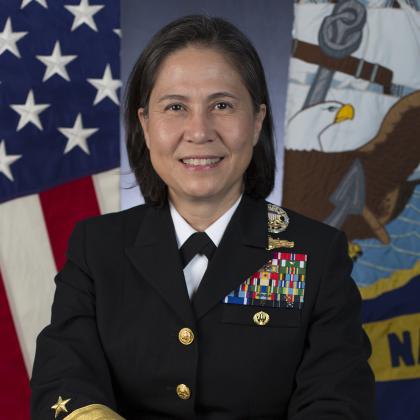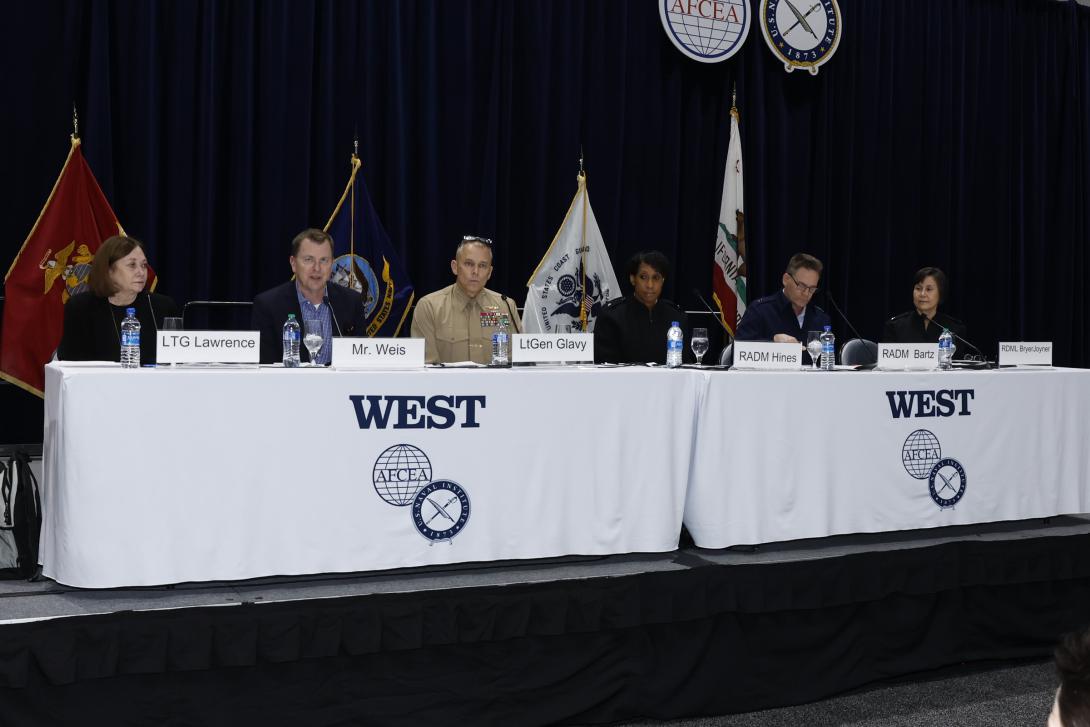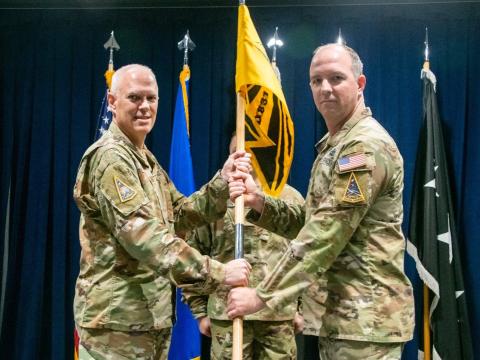Petabytes and Satellites: Making Sense of Huge Data
Data powers the intelligence that warfighters require to be effective. The armed forces have added sources to build a torrent of information that now requires robust systems to parse and distribute it to make it valuable.
And as the armed forces acquire capabilities to work with growing volumes of data, they have to sustain regular operations and learn while on the move.
“Innovation is what we do to drive a competitive advantage, and competitive advantage is what allows us to win,” said Aaron Weis, chief information officer, U.S. Department of the Navy while participating on a panel at WEST 2023 in San Diego.
At the edge of innovation is the Joint All-Domain Command and Control, or JADC2, which aims to create a unified network that can connect all branches of the military and enable them to share information in real time. Rear Adm. Susan BryerJoyner, USN, deputy director, command, control, communications, and computer/cyber systems, J6, Joint Staff, implements this initiative across the U.S. Department of Defense.
“Command and control is a function that we have been doing since the start of any conflict or competition. It’s a verb; all of a sudden I add ‘joint’ and ‘all domain’ to the beginning of that verb and people treat it like a noun,” said Adm. BryerJoyner.
Systems need to have a large volume of information in real time; thus, a volume of sensors must collect data from all possible sources.
One of the key elements of this concept was enacted through a satellite fleet that could not be attacked easily. To achieve this, the United States surprised the world with a sensor constellation.
“I don’t think anybody could realize the ability to put 3,000-plus satellites, thirty at a time, into orbit and do it without breaking a sweat. Did we see that coming? How disruptive is that?” asked Lt. Gen. Matthew Glavy, deputy commandant for information, Headquarters, U.S. Marine Corps.
Back on Earth, connecting all parts of the data puzzle requires developing new tools and experimenting to learn how to get the most off each one. Part of that means keeping goals tight and making sure innovation works.
“We are laser-focused on strengthening future capability developments in the information space, and we continue to tighten alignment to reduce seams and dependencies throughout the execution,” said Rear Adm. Tracy Hines, director of the Cybersecurity Division, Office of the Deputy Chief of Naval Operations for Information, and director of Naval Intelligence, U.S. Navy.
When policy becomes an impediment, Adm. Hines stressed that the specific regulation should be identified and updated, instead of using it as an excuse for inaction.
“We are constantly working to streamline our policies and procedures so that we can make sure we enable the delivery of the capabilities that the warfighter needs,” Adm. Hines said.

Command and control is a function that we have been doing since the start of any conflict or competition. It’s a verb.
As the military services strive to achieve full awareness of their battlespace, the Coast Guard serves national security by focusing on adjacent waters.
The Coast Guard invests in command-and-control systems to maintain maritime domain awareness from the coastline to 200 miles off the coast, where the exclusive economic zone ends in a $100 million-per-year program, but the infrastructure seems to have run aground.
“Those systems don’t talk to each other, and that’s a problem for us,” said Rear Adm. Christopher Bartz, assistant commandant, command, control, communications, computers and information technology, U.S. Coast Guard.
Attracting and keeping employees was another issue shared by all panelists at WEST 2023’s “How Are We Enabling Our Information Policies, Systems, Processes and Warfighters to Ensure Decision Superiority” discussion.
While all services have a variety of policies in place, the Coast Guard shifts from contractors to full-time engagements striving to improve work conditions.
“We have just released our integrated managed services contract, which is a $900 million, 10-year contract that’s going to reduce from six contracts that we have currently to one,” Adm. Bartz said.
The panel was moderated by Lt. Gen. Susan Lawrence, USA (Ret.), president and CEO of AFCEA International.





Comments